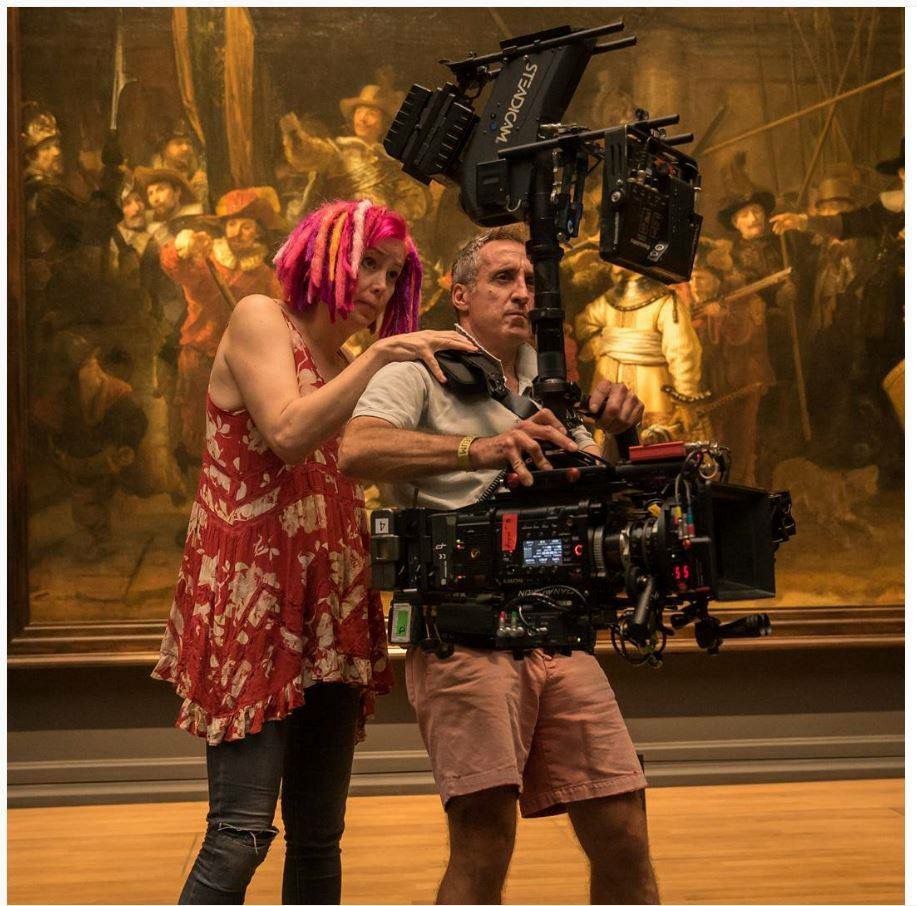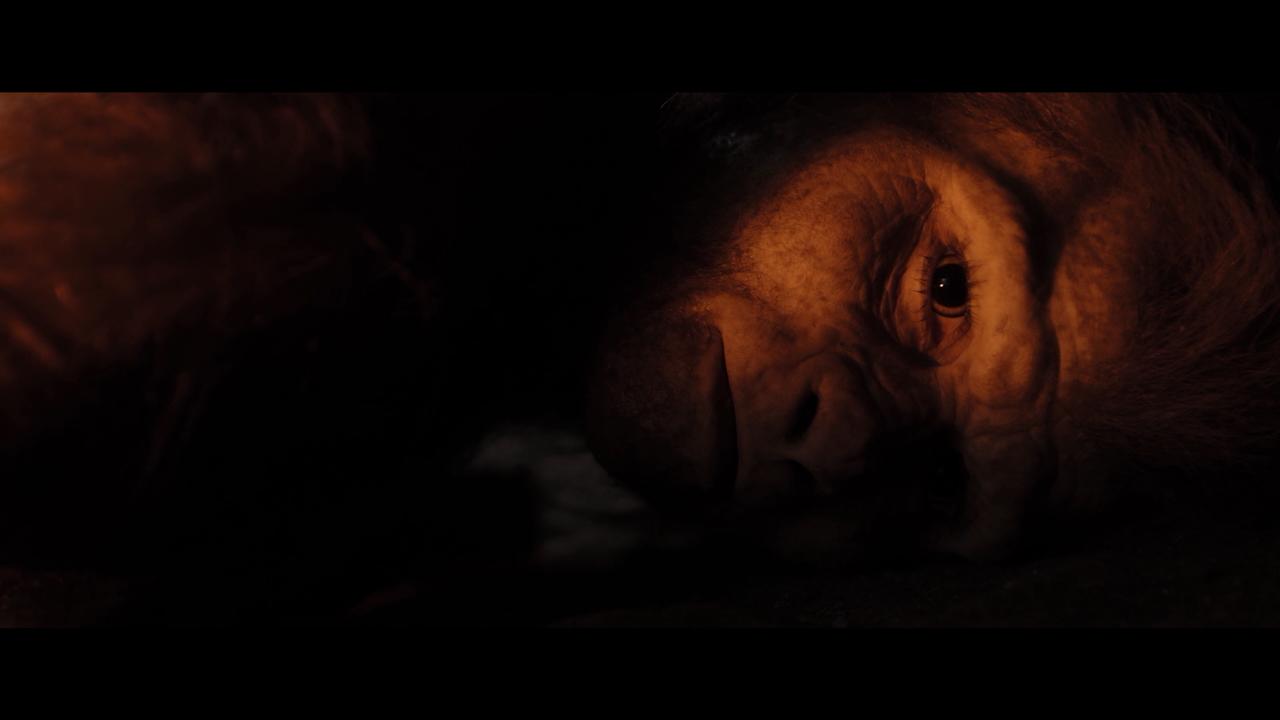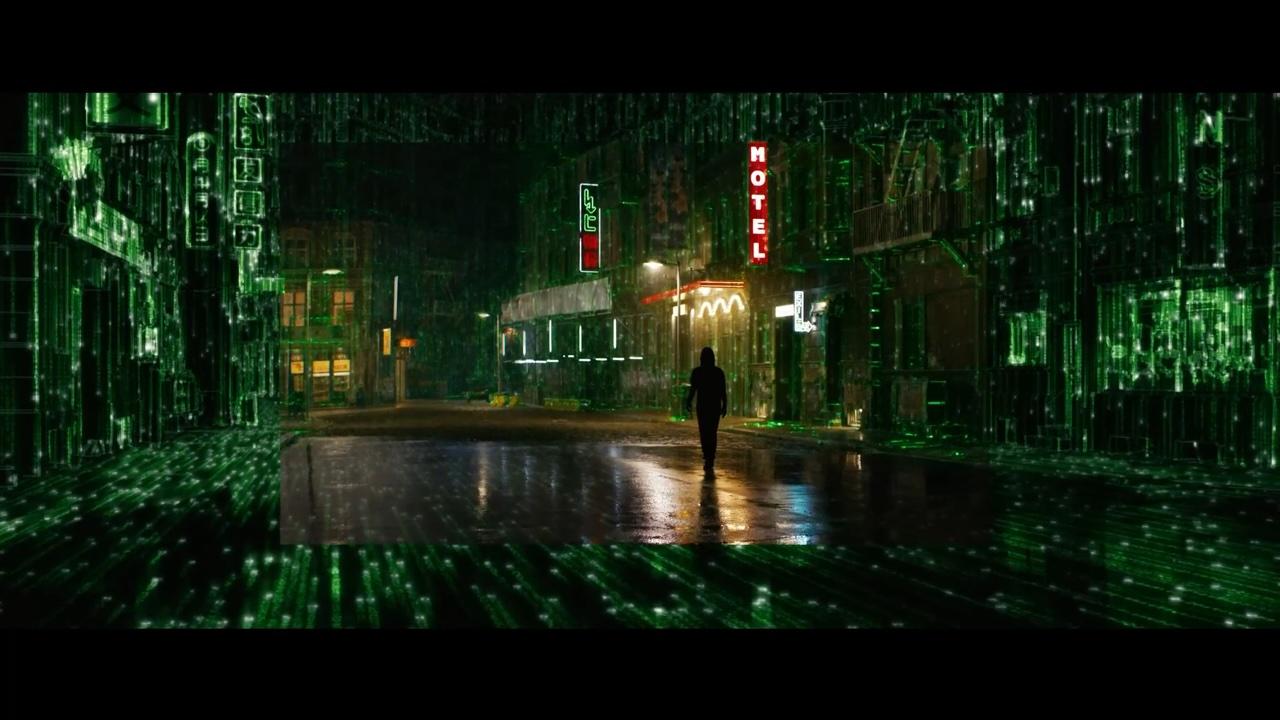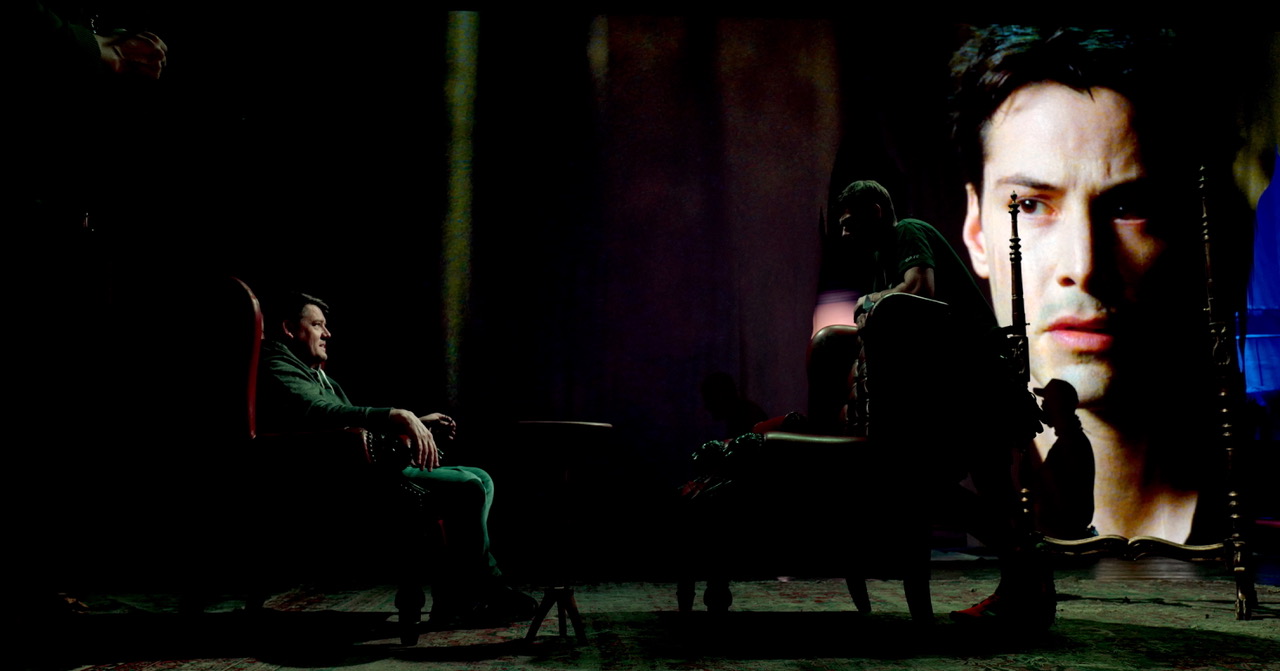
Daniele Massaccesi, AIC, an acclaimed Italian cinematographer, has carved out a remarkable career in the film industry, marked by both his extensive experience and the influential figures he has worked alongside. Massaccesi reflects on his over 35-year journey in filmmaking, revealing his path from the cradle of Italian cinema to the forefront of Hollywood blockbusters.

Massaccesi’s connection to cinema is deeply rooted in his family history. His grandfather, having survived a shipwreck during World War II, found his passion in film at the Istituto Luce, a significant figure in Italian documentary film history. He transitioned from survival to a vibrant career as a gaffer, eventually bringing his own sons, including Massaccesi’s father, Joe D’Amato, into the world of film as electricians. This familial legacy lit the path for Massaccesi, who fondly recalls his childhood fascination with cameras, nurtured by early visits to film sets and his grandfather’s camera rental, where he was quite literally pushed around on dollies like a budding filmmaker.

Describing his ascent within the industry, Massaccesi highlights the traditional ladder that was the norm in his formative years. Starting as a loader, then advancing to a focus puller, and eventually camera operator, each role added layers to his skill set. His tenure as a camera operator allowed him close collaborations with celebrated directors such as Ridley Scott and Steven Spielberg, experiences that honed both his technical abilities and his narrative intuition. Despite the temptation to transition earlier to the role of Director of Photography (DP), the opportunity solidified when he was asked by Lana Wachowski to continue on as DP for the ambitious “Matrix Resurrections”.

Massaccesi’s work showcases a harmony between craftsmanship and the modern demands of cinema technology. While digital advances have democratized access to filmmaking tools, he underlines the enduring significance of creative storytelling and aesthetic finesse. Reflecting on iconic influences like “Citizen Kane,” “Apocalypse Now,” and “Blade Runner,” Massaccesi emphasizes the inspiration these films provided, guiding his own artistic eye and lighting techniques.
Maintaining flexibility within the structured chaos of film production is key to his method. Massaccesi values pre-production planning but remains agile, adjusting plans as stories unfold in real time. This adaptability not only mirrors the evolving realm of cinematography but also nods to his artistic roots enriched by Italy’s profound visual culture, as seen through the lens of its monumental art history.
In Massaccesi’s view, while technology simplifies aspects of film production, the role of a cinematographer extends beyond technical execution to encompass the soulful translation of a story’s essence onto the visual medium. He cautions against the mere reliance on technology, advocating instead for a cinematography that is narrative-driven and emotionally resonant. His advice to future filmmakers is twofold: “Be like a child…be brave”, remain perpetually curious and bold, much like a child mesmerized by light through a window, and be willing to step outside of comfort zones to forge innovative paths in visual storytelling.

As the cinematic landscape grows increasingly dynamic, Massaccesi continues to engage with projects that challenge conventional storytelling forms, such as a yet-to-be-released film based on a video game, shot creatively using small cameras to mimic the intimacy of webcam footage. This project reflects both his adaptability and his commitment to blending narrative depth with technological ingenuity.
Massaccesi champions the importance of giving in the collaborative art of cinema. He views the role of a cinematographer as a life lesson in humility and collaboration, where success is measured not in accolades but in the collective effort to elevate story above all. This ethos, shaped by a lifetime immersed in the world of film, not only defines his career but also offers a guiding light for future generations of filmmakers.



























